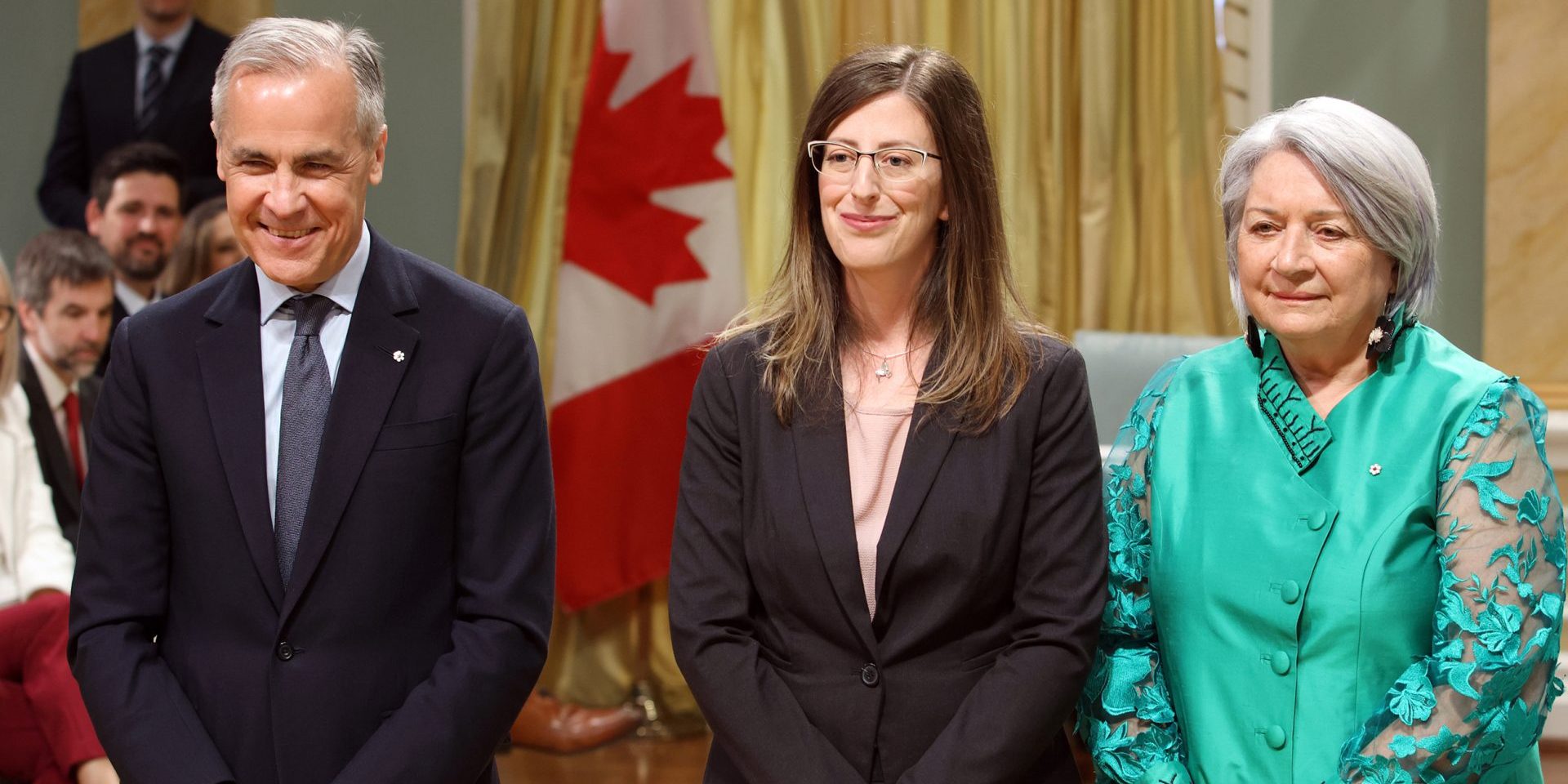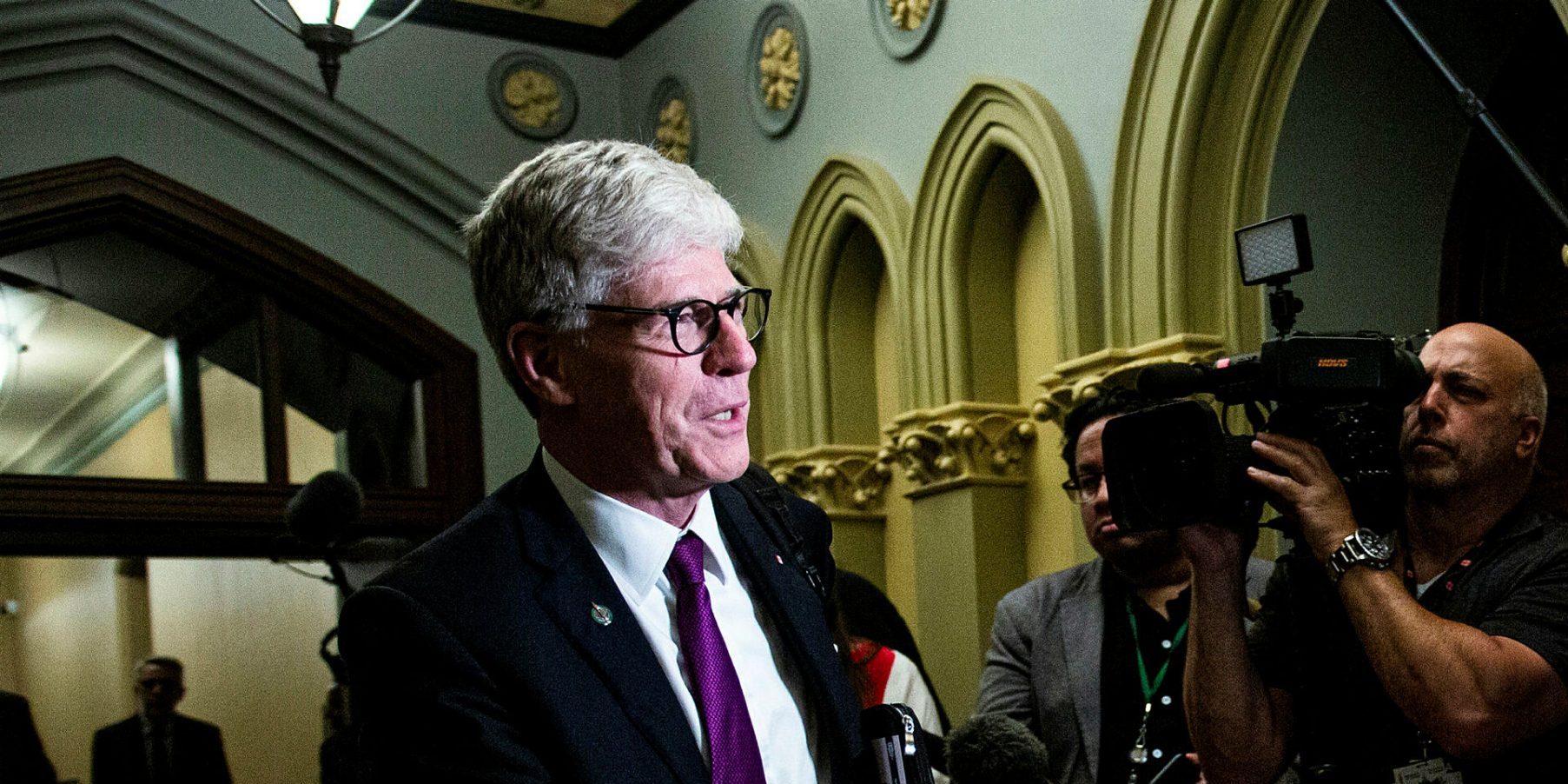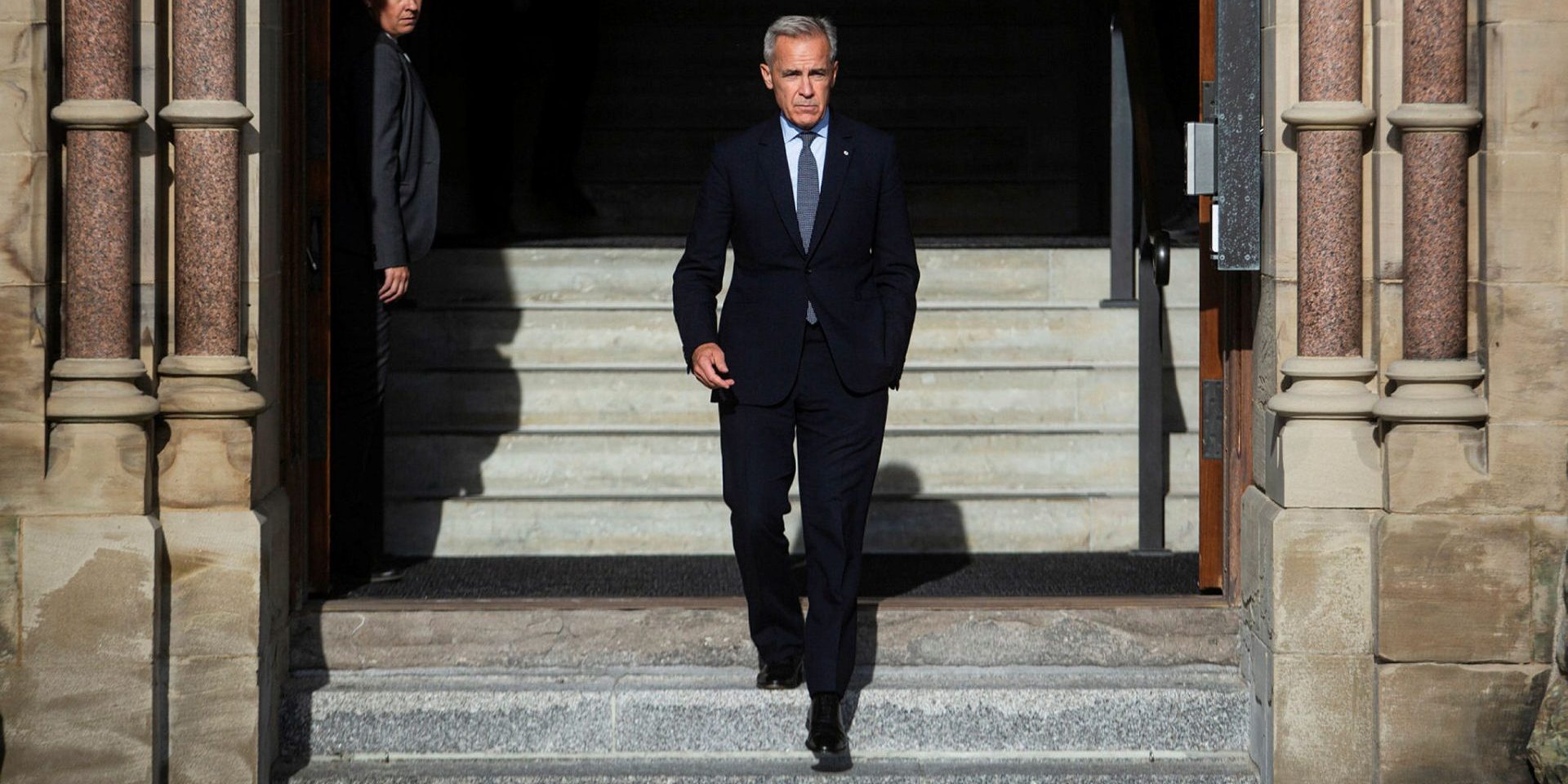A step forward, but not far enough: Canada still needs a minister for older persons

Against the odds, Prime Minister Mark Carney has secured a fourth term for the Liberal Party with an ambitious agenda in hand. Among the appointments in his newly appointed cabinet is Stephanie McLean, named secretary of state for seniors. The appointment of McLean—a former Alberta NDP MLA newly elected federally to represent Esquimalt–Saanich–Sooke, B.C.—to this junior cabinet role is a step toward giving older Canadians greater visibility in federal policymaking.
But it is only a step. For years, experts and advocates have called for the creation of a full ministerial portfolio for older persons—one with the authority and resources to co-ordinate policy across departments and drive long-term, system-level change. This omission of a ministerial role dedicated to older persons is disappointing; not just for what it symbolizes, but also for what it delays. With older adults soon to make up a quarter of our population, Canada needs focused and empowered leadership to prepare for the realities of a super-aged society.
The challenges are well known: income insecurity, housing shortages, overburdened health and long-term care systems, and the need for more accessible communities. But without a dedicated ministerial voice at the cabinet table, these issues remain scattered across departments and too often fall through the cracks.

The absence of leadership does not reflect a lack of evidence. We know what needs to be done, and getting this right means moving beyond short-term fixes. It means designing systems, not just services, that reflect the dignity, diversity, and contributions of older people. It means embedding aging into how we plan our communities, structure our workforce, and shape our social programs. What’s needed now is bold leadership, cross-sector collaboration, and a fresh perspective on what it means to grow older in Canada.
Too often, aging is framed as a burden—something to manage, rather than an opportunity to lead. We treat aging as a siloed issue instead of what it really is: a central driver of economic, health, housing, and workforce policy.

The National Institute on Ageing (NIA) and HelpAge Canada have laid out a clear set of policy actions that the federal government could take now to meaningfully improve the lives of older Canadians. These include improving the Guaranteed Income Supplement by allowing working low-income older adults to keep more of what they earn, modernizing the Canada Pension Plan by implementing the Pension Back Death Benefit, and investing in the community-based seniors serving (CBSS) sector—the network of local organizations that supports older adults to age in place with dignity.
The CBSS sector—made up of more than 8,000 community-based organizations—provides essential services for older Canadians and has long been undervalued, under-resourced, and under-recognized. Despite the critical work these groups do, the limited funding available is often project-based, leaving them in a state of chronic precarity. There is a real need for sustained, dedicated support to ensure these organizations can continue helping older adults age in their communities—and according to NIA survey data, the overwhelming majority of Canadians do want to age in their own homes and communities.
Older Canadians face rising costs on fixed incomes. In fact, NIA research has found that one in four older adults in Canada have less than $5,000 saved for their retirement. We know that older adults also struggle to find affordable, accessible housing. Many cannot access the care they need, and when they do, it often comes too late and at too high a cost.
These are not fringe concerns. They are core to how we ensure fairness and sustainability across generations. The aging of our population is a demographic certainty, not a policy footnote. Canada is one of the few high-income countries without a national aging strategy or ministerial portfolio to co-ordinate action. This has real consequences.
Carney’s stated vision for a strong and prosperous Canada is simply not possible without a thoughtful approach to the massive upcoming demographic shift that will redefine Canadian society. That begins with centring aging in our national policy agenda, applying a systems-level lens, and committing to meaningful investment in the programs and infrastructure older Canadians need to thrive.
This is not just about today’s older adults or the wave of baby boomers who are already retiring. It is also about building a more resilient and inclusive future for everyone.
Gabrielle Gallant is the director of policy at the National Institute on Ageing. Kahir Lalji is the CEO of HelpAge Canada, and vice-president of the International Longevity Centre Canada.
The Hill Times





 LICENSING
LICENSING PODCAST
PODCAST ALERTS
ALERTS


